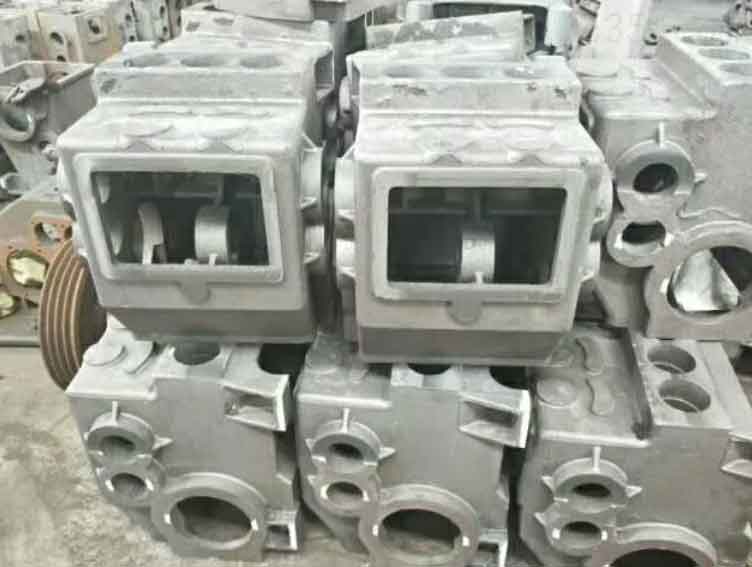Most of the boxes are cast parts. The shape of box castings is generally complex. The main structure is cavities with different shapes surrounded by thin walls. Multi directional holes are set on the box wall to realize the function of accommodation and support. In addition, box castings are equipped with common structures such as stiffeners, bosses, pits, casting rounded corners, draft angle and so on. The processing time of box parts accounts for about one fifth of the processing time of the whole product. Most of the boxes have common characteristics in structure: complex structure, uneven wall thickness, cavity shape inside the box, many parts to be processed, hole system and plane with high precision requirements, and fastening holes with low precision requirements.
Boxes are widely used in the machinery manufacturing industry, such as the gearbox of automobile, the gearbox of machine tool, the shell of pump, etc. There are many types of boxes, and their size and structural form vary greatly due to different functions and use positions.
The main functions of box castings can be divided into the following three aspects:
(1) It is used to support and accommodate all kinds of transmission parts, such as bearings, turbines, worms, shafts, gears, etc., and ensure the normal motion relationship and accuracy between transmission parts. In addition, the lubricant stored in the box plays a lubricating role when all transmission components work.
(2) It has the effects of protection, heat insulation, vibration isolation, sound insulation and sealing. The shell of the box reduces the impact of the external environment on the castings inside the box, and ensures the safety of workers at the same time.
(3) Make each part of the machine form an independent box, each into a unit, making processing, assembly and maintenance more convenient.

